Foodborne pathogens are among the most critical factors in ensuring food safety. Rapid detection methods have become a major focus in recent years due to their ability to provide quick and reliable results. Traditional techniques like culture, separation, and biochemical identification are time-consuming and labor-intensive. In contrast, modern rapid detection technologies integrate microbiology, chemistry, molecular biology, biophysics, immunology, and serology to isolate, detect, identify, and count microorganisms efficiently. These methods are faster, more convenient, and more sensitive than traditional approaches.
First, the "Dry Film Method"
The dry film method involves using non-toxic polymer materials as carriers, onto which specific media and color-developing substances are applied. This allows for the identification of microorganisms based on their growth patterns and color reactions on the medium. It's a rapid, qualitative, and quantitative testing method that combines modern chemistry, polymer science, and microbiology. The advantages include high accuracy, no need for reagent preparation, ease of use, simple storage and transport, low cost, and reduced environmental impact. This technique is ideal for lab settings, production lines, and field environments.
Application: Total colony test strips, coliform test strips, Salmonella test strips, Staphylococcus aureus test strips, E. coli group test papers for tableware, and coliform test papers for water quality.
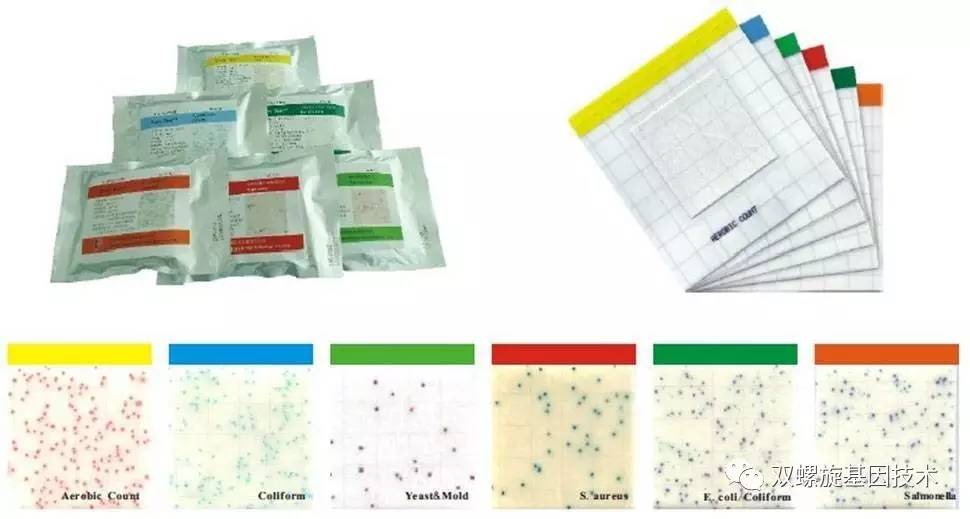
Second, the Colloidal Gold Method
Colloidal gold immunoassay uses colloidal gold as a tracer marker for antigen-antibody labeling. It offers high specificity and sensitivity, making it suitable for on-site screening. However, each target requires specific reagents and protocols, limiting its widespread use. The cost is relatively high, and the detection limit is not always optimal. As a result, this method has limited application in food safety rapid detection so far.
Application: Staphylococcus aureus rapid test cards, Salmonella test cards.
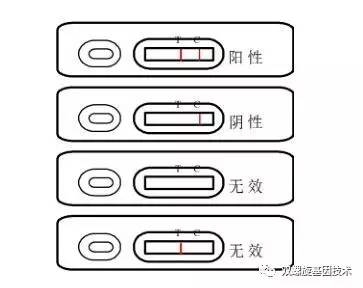
Third, Enzyme-Linked Immunosorbent Assay (ELISA)
ELISA is a solid-phase immunoassay that combines the specificity of antibody-antigen interactions with the catalytic efficiency of enzymes. It is widely used for both qualitative and quantitative detection of antigens and antibodies.
Application: Test kits for Salmonella, Escherichia coli, and Legionella.
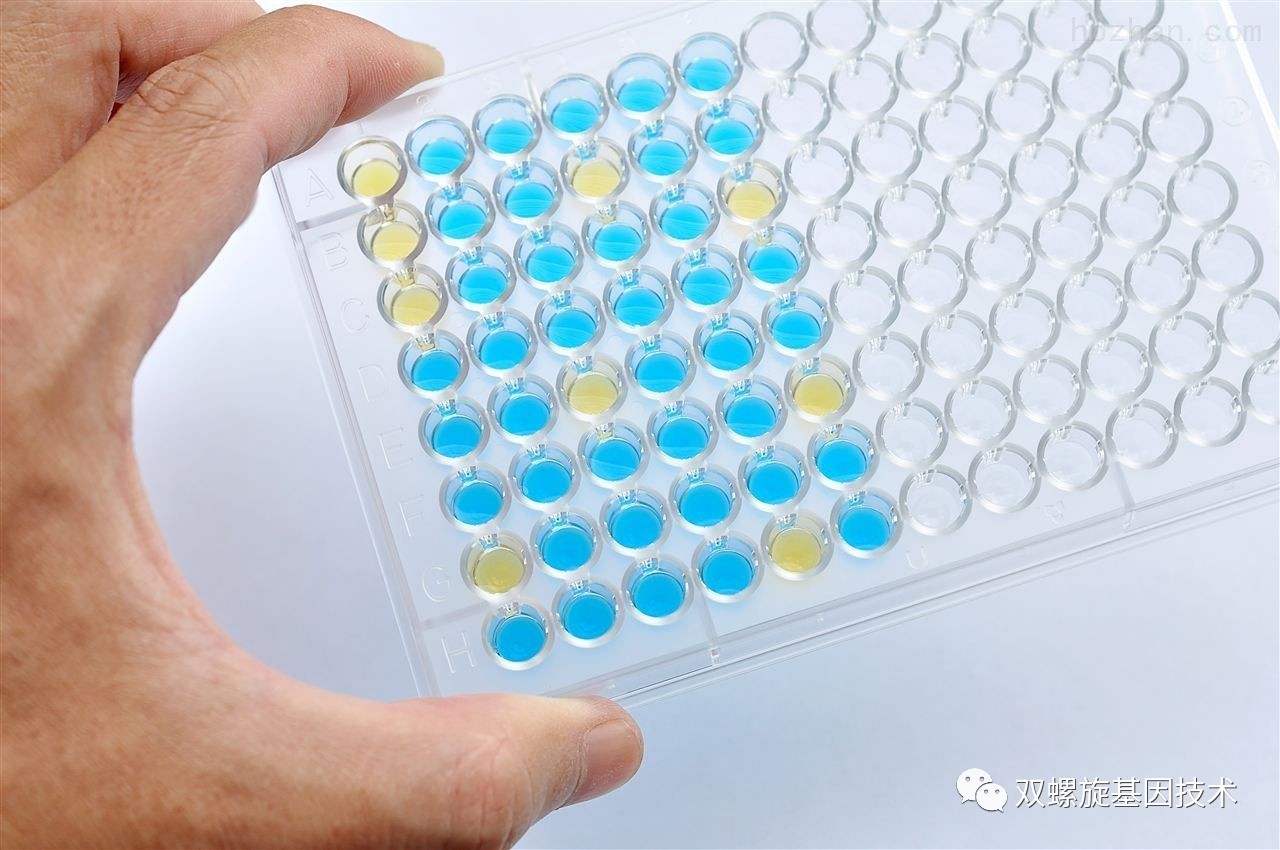
Fourth, Nucleic Acid Methods
(1) Polymerase Chain Reaction (PCR) Technology
Since its development in 1985, PCR has been widely adopted across various biological fields. By designing two primers complementary to the DNA segment being tested, along with dNTPs, DNA polymerase, and the target DNA, the reaction amplifies the desired sequence through repeated cycles of denaturation, annealing, and extension. After 30–50 cycles, the target DNA can be amplified millions of times. PCR is commonly used in food microbial detection due to its speed and sensitivity.
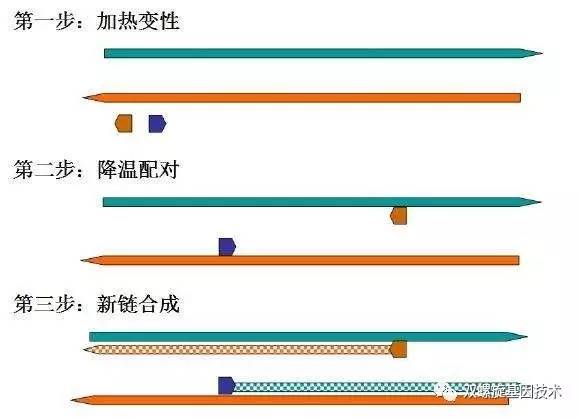
(2) Loop-Mediated Isothermal Amplification (LAMP)
Introduced by Japanese researchers in 2000, LAMP is a constant-temperature nucleic acid amplification technique known for its simplicity, high sensitivity, and minimal equipment requirements. Unlike PCR, it doesn’t require gel electrophoresis, making it ideal for field use.
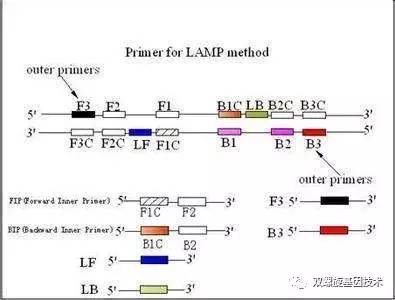
(3) Nucleic Acid Probe Method
This method involves hybridizing labeled probes with target sequences in a sample. If the sequences match, a specific signal is produced. It is used to detect common foodborne pathogens such as E. coli and Salmonella.
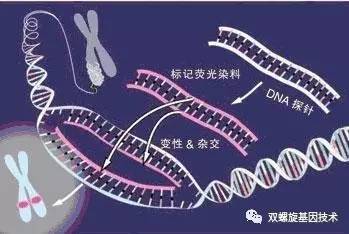
(4) Gene Chip Method
Gene chips allow for high-throughput detection by immobilizing thousands of DNA probes on a chip. They enable fast, parallel, and efficient analysis of samples. While they offer high throughput, diversity, miniaturization, and automation, they are expensive, with high-end systems costing over one million yuan. Most systems are currently imported.
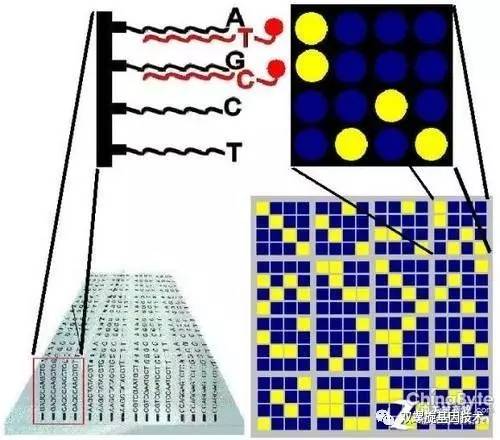
Currently, Guangzhou Double Helix Gene Technology Co., Ltd. mainly uses nucleic acid-based methods, including PCR, real-time fluorescence, and probe-based techniques, to detect pathogens such as Salmonella, Shigella, and Listeria monocytogenes.
All images are sourced from the internet;
References:
1. Li Shaowen “Food Microbial Rapid Detection Technologyâ€
2. Shi Song, Shi Lei “Application of Rapid Detection Technology in Food Safety Managementâ€
HP Probook 440 445 G10,HP Probook 440 G10 replacement parts,HP Probook 440 G10 keyboard,HP Probook 440 10
S-yuan Electronic Technology Limited , https://www.syuanelectronic.com
